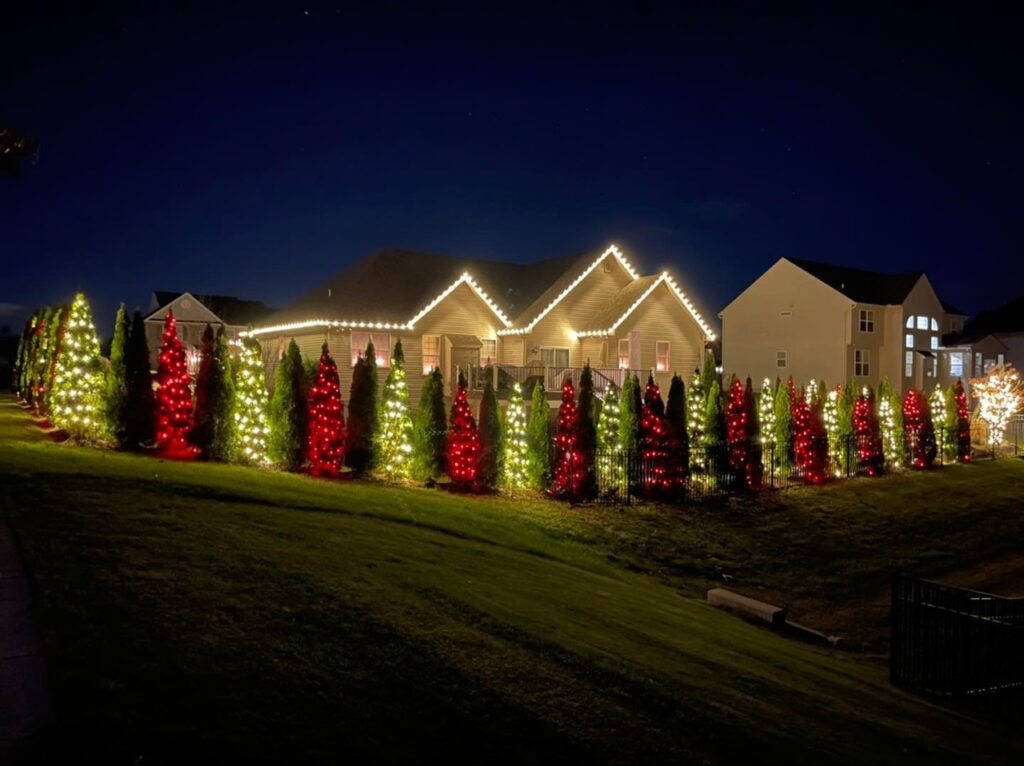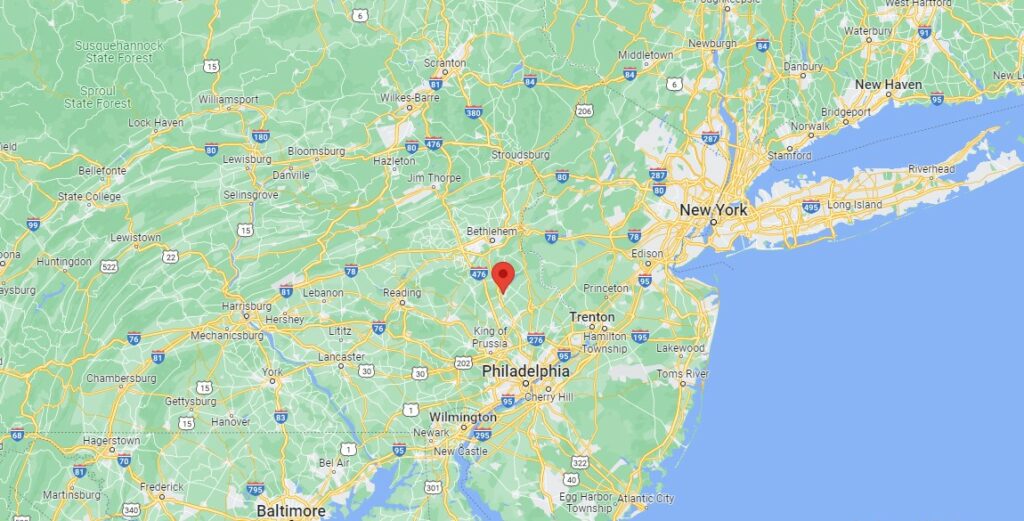Factors to Consider Before You Start a Residential Christmas Light Installation Project
The holidays are a time to spread holiday cheer with lights on your house. However, the process of installing Christmas lights can be a hassle. Before you embark on a residential Christmas light installation project, it is important to consider some important factors. These include the cost of the project, safety equipment needed for the project, common types of lights used for holiday lighting displays, and when to switch on your lights.
Cost of residential Christmas light installation
If you’re thinking about installing holiday lights on your home this holiday season, you might be wondering how much it costs. This is a good time to shop around for several price quotes. However, you should keep in mind that the cost of installing Christmas lights on your home will vary depending on the location and the complexity of the project. For example, if your home has a large tree or diverse landscaping, the price could be higher than for a small home. In addition, you need to be aware of local regulations regarding lighting in your neighborhood. For instance, some neighborhoods may have restrictions on the type of lights that can be used on their properties during the holiday season.

If you want to avoid these headaches, hire a professional to install the lights for you. They have the necessary skills and supplies to do a good job and will hang the lights evenly and at the right height. Hiring a professional to do the job will save you time and money. It will also help you have an expert on your side who can give you advice on the best lighting options for your home.
Safety equipment needed for a holiday lighting project
When you’re thinking about a holiday lighting project, it’s important to keep safety in mind. While the use of traditional holiday lights may not require any special safety equipment, you’ll still want to avoid falling or burnt bulbs. For additional protection, consider getting a professional installation. This way, you can save money and avoid having to worry about hazardous conditions. In addition, a professional lighting company can provide you with the necessary safety equipment and take care of the lights for you.
You’ll also need to make sure you choose holiday lights that have been tested by an OSHA-certified laboratory. Also, consider using light-emitting diodes (LED) bulbs rather than traditional mini-lights, which are more dangerous. They also use less energy and are cooler to the touch, so they reduce the risk of fire. Always remember to turn off the lights when you’re not using them. In addition, make sure that the extension cords you use for the project are rated for electrical loads. Overloading a circuit can cause a fire. Also, take care not to drive through insulated areas of your home, as this can cause a short circuit.
Common types of lights used for holiday lighting displays
There are several common types of lights used in residential holiday lighting displays. These include C9 and G12 bulbs. C9 lights are typically used in commercial lighting displays, but can also be used for residential displays. C9 lights are very bright, which makes them ideal for highlighting window and porch areas. G12 lights, also known as “raspberry lights,” are small, globe-shaped bulbs that are ideal for both indoor and outdoor applications.
Incandescent lights are the most traditional type of lights used in residential holiday lighting displays. These lights produce a warm glow and cost the least to operate. Incandescent lights are typically white or a warm white that tends toward blue or amber. While LEDs can be used in holiday lighting displays, it’s difficult to replace incandescent mini lights with them. However, larger LEDs meant to mimic the look of an incandescent bulb are a good choice for homes that want to add a warm glow. In addition, LED lights are generally energy efficient and produce a brighter color than incandescent lights.

Time of year to turn on lights
The time of year to turn on residential Christmas lights is an incredibly personal decision. Some people choose to put up their lights earlier than others, and it is best to be considerate of your neighbors. Typically, you should wait until after Thanksgiving before turning on your Christmas lights, as a way of avoiding disturbing your neighbors.
The Christmas season is a time of celebration for many families, and turning on the lights is an excellent way to add that festive spirit to your home. However, you should always remember that Christmas lights can be a safety risk, particularly if you leave them on for extended periods of time. It is advisable to switch off lights before leaving your house, and you can also buy a timer that will turn them off automatically. It is also important to be mindful of the heat that the lights can create, as this can increase the flammability of your tree.
HOA restrictions on turning on lights
During the holiday season, HOAs can implement reasonable restrictions on turning on Christmas lights. In some cases, these restrictions are based on a holiday theme that homeowners can vote on. Then, homeowners can adhere to the guidelines of the committee. In other cases, HOAs may limit the number of holiday lights that homeowners can have on their property or the placement of the decorations.
Another factor to consider is the noise of holiday decorations. Adding loud cackling witches and singing Santa’s to your home can make the neighbors feel uncomfortable, and the HOA board may impose restrictions on the noise level of these decorations.
Revive Holiday Lighting
https://www.google.com/maps?cid=16314934169311438619
(484) 619-0275
https://reviveholidaylights.com/






